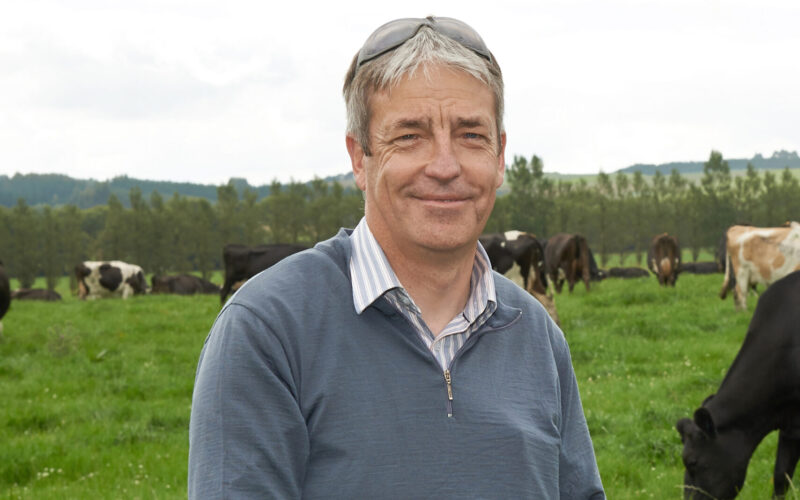Financial gains by Southland dairy farmers from reducing their debt in the past four years are being eroded by soaring costs.
Ivan Lines, a dairy consultant with Agribusiness Consultants in Invercargill, said farmers have cut their average debt by $3kg/MS in the past four years but in the past year costs, including interest, have risen by up to a third.
Costs and managing risk are now top of mind in conversations he is having with the dairy farming clients, not only about what costs they can eliminate, but how they can operate more efficiently.
One area receiving special attention is the cost of fertiliser, with many farmers planning to undertake individual paddock fertility tests so the right fertiliser mix and application rates are applied as needed.
Lines is also stressing the need to reduce business risk, by ensuring farmers have a stable workforce and develop a feed buffer.
Many of the tactics being considered were used when the dairy payout fell to $3.90/kg/MS, but southern dairy farmers are in a better position than they were back then.
In the past four years average debt has fallen from about $21/kg/MS to $18/kg/MS.
Lines said typical farm working costs in Southland have increased 25% to 30% in the past two years, from between $4.80 to $5.20/kg/MS in 2020-21 to an expected $6.30 and $6.40/kg/MS in 2022-23.
Add interest costs and Lines estimates that takes average farm working costs for a typical Southland dairy farm to $7.40-$7.60/kg/MS.
In addition, farmers have to also fund drawings, tax, plant and equipment replacement.
While farmers will be watching costs, Lines said the dry autumn in Southland meant depleted supplementary feed stocks will to be replenished.
“The pantry is pretty bare at the moment.”
Lines said farmers not only need to prepare a budget but they need to regularly check their financial performance against it.
“If you haven’t done a budget, you don’t know how you are performing.”
Lines said budgets need to be more than box-ticking exercises, but a living document that tracks current income and expenditure against what was forecast.
“Those farmers that do budget, update it regularly – for example, if fertiliser prices go up or the milk price falls – so they know what those changes mean.”
From a risk-management perspective, Southland has New Zealand’s lowest deviation for average pasture growth.
Average growth in Southland is 13/tonnes/ha but most years ranges between 11.5 and 14.5 tonnes.
“Consistent pasture production is a strength in Southland and it means that generally we are more grass-based than other regions, which is a distinct advantage when feed costs get out of hand.”
This helps southern farmers have one of the highest returns on capital in NZ, based on the fact the capital invested is lower than many other regions.






